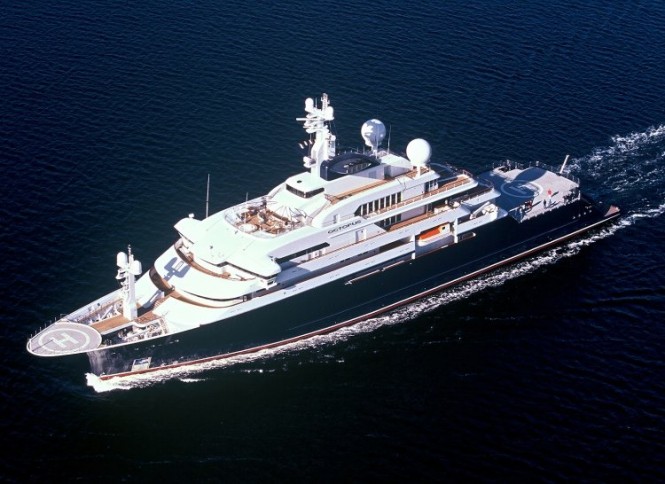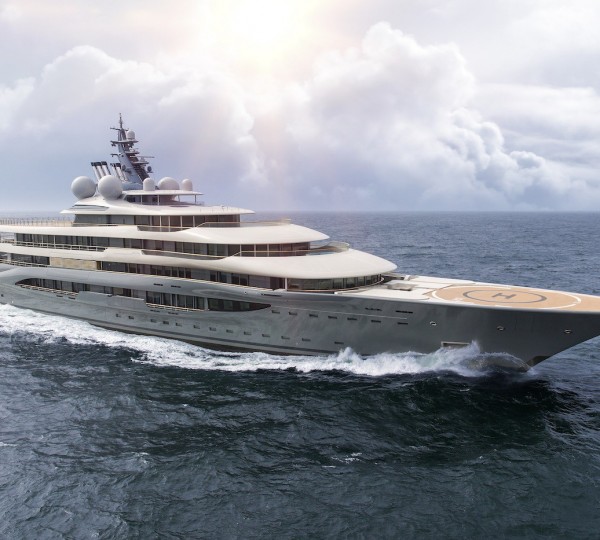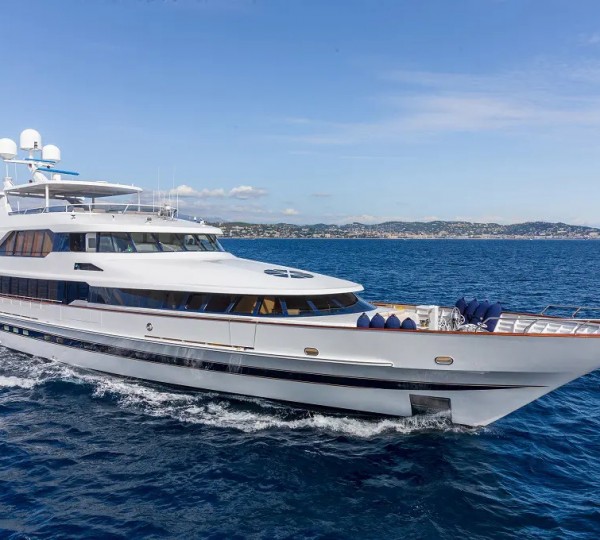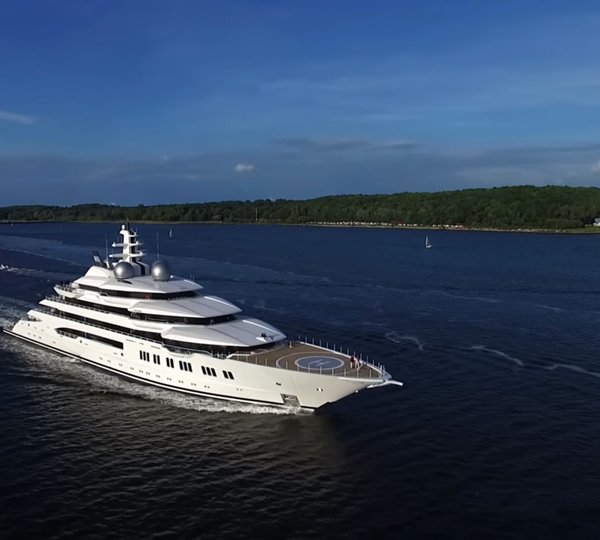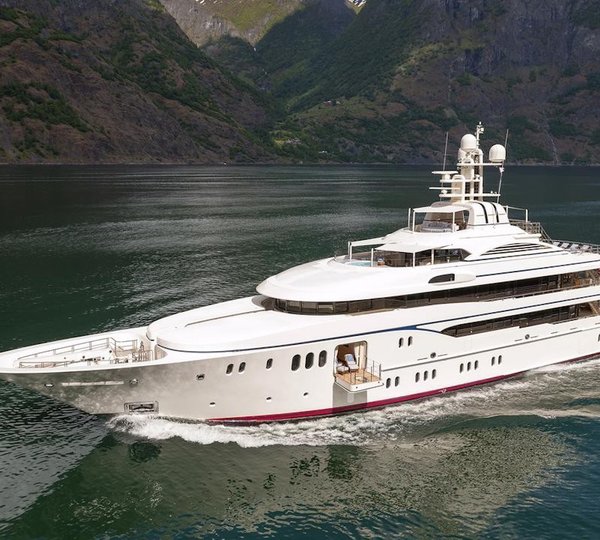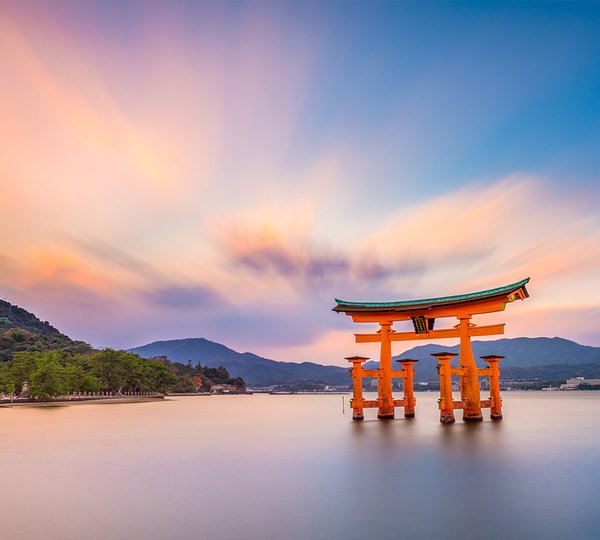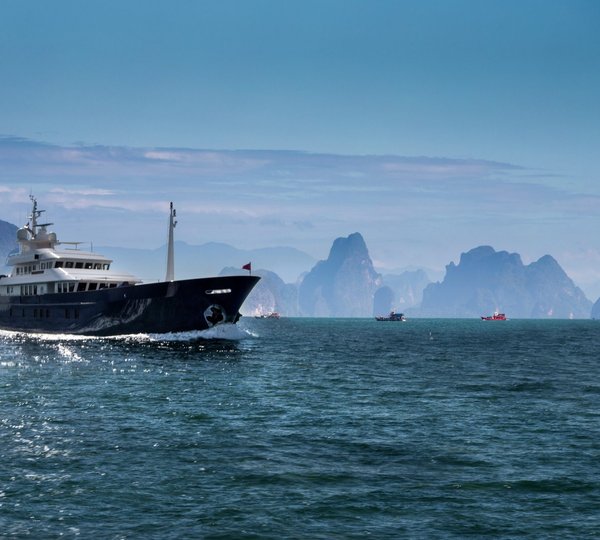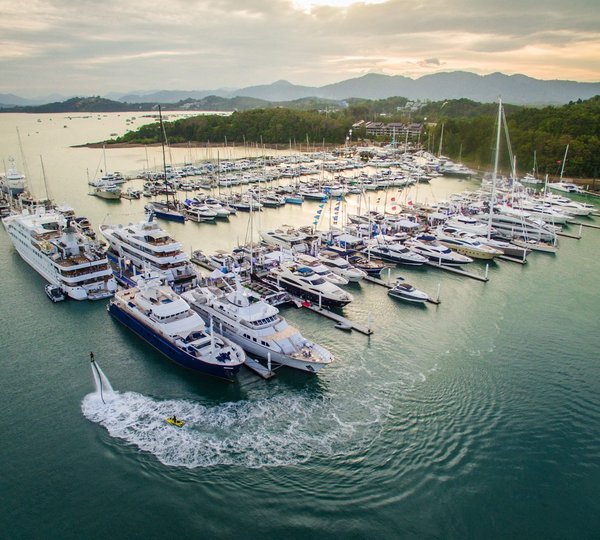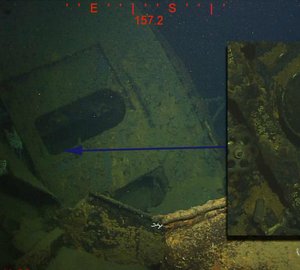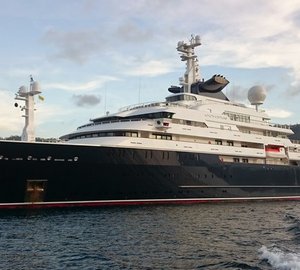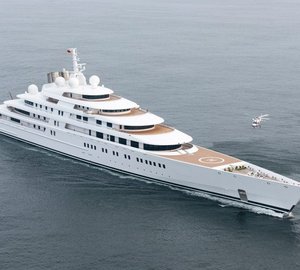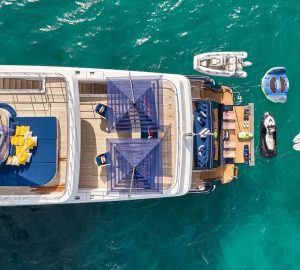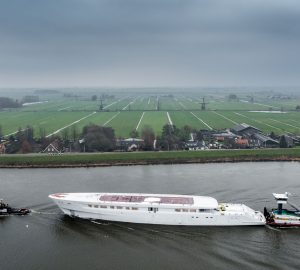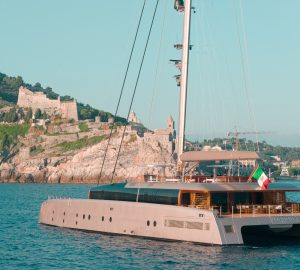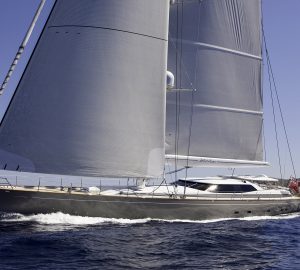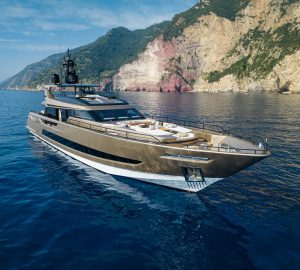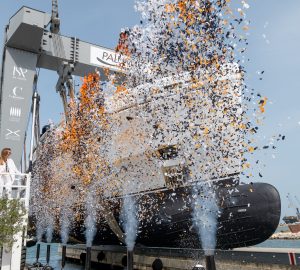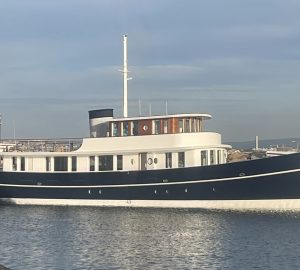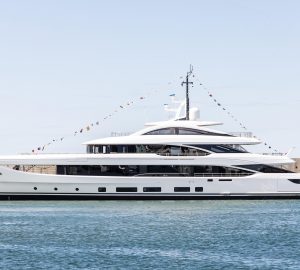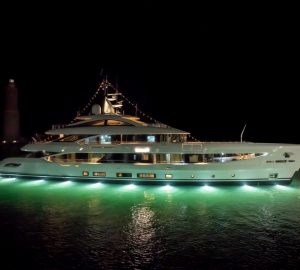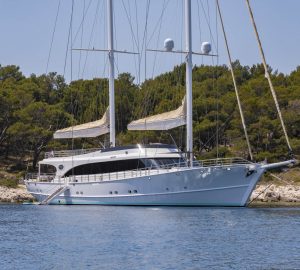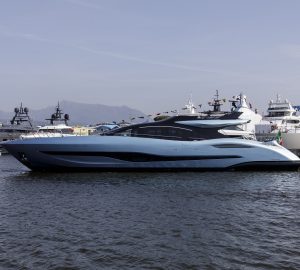Using historical records from four countries, detailed undersea topographical data, as well as advanced technology aboard his 126-metre motor yacht Octopus, philanthropist and entrepreneur Paul G. Allen has located the Musashi, one of the two largest and most technologically advanced battleships in naval history. This year marks the 70th anniversary of the conclusion of World War II, and the finding of the battleship is an important milestone in the annals of naval history.
Mr. Allen and his team of researchers began their search for the Musashi aboard mega yacht Octopus more than eight years ago. Mr. Allen and his team located the battleship in the Sibuyan Sea on March 1, 2015.
Despite numerous eyewitness accounts, the exact location of the ship was unknown. The team combined historical data with advanced technology to narrow the search area. Mr. Allen commissioned a hypsometric bathymetric survey of the ocean floor to determine the terrain. This data was used to eliminate large areas for the search team and also resulted in the discovery of five new geographic features on the floor of the Sibuyan Sea. In February 2015, the team set out to conduct the final phase of the search using a BlueFin-12 Autonomous Underwater Vehicle (AUV). Because the search area had been so narrowly defined by the survey, the AUV was able to detect the wreckage of Musashi on only its third dive. A Remote Operated Vehicle (ROV) with a high-definition camera confirmed the identity of the wreckage as Musashi.
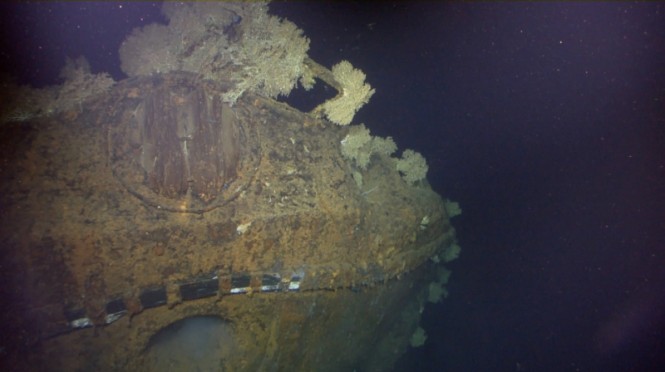
This is the bow of the Musashi, which would have had a large teak chrysanthemum, the Imperial Seal of Japan. (PRNewsFoto/Paul G. Allen)
“Since my youth, I have been fascinated with World War II history, inspired by my father’s service in the U.S. Army,” said Mr. Allen. “The Musashi is truly an engineering marvel and, as an engineer at heart, I have a deep appreciation for the technology and effort that went into its construction. I am honored to play a part in finding this key vessel in naval history and honoring the memory of the incredible bravery of the men who served aboard her.”
Commissioned in 1942, the Musashi was the largest battleship in naval history, weighing in at 73,000 tons fully loaded. It featured eighteeninch armor plating and was armed with nine eighteen-inch guns, the largest ever mounted on a warship. Utmost secrecy was maintained by the shipyard in Nagasaki during the construction; the entire length of the ship was hidden from view to prevent the Allied Forces from learning of its construction. Active in several battles, including the Battle of the Philippine Sea, the Musashi was eventually sunk by an estimated 19 torpedoes and 17 bombs on October 24, 1944 in the lead up to the Battle of Leyte Gulf. Of Musashi’s 2,399 crew members, nearly half lost their lives including the Commander Vice Admiral Toshihira Inoguchi. Even today, the Musashi and her sister ship, the Yamato, are considered to be unparalleled feats of naval design and construction.
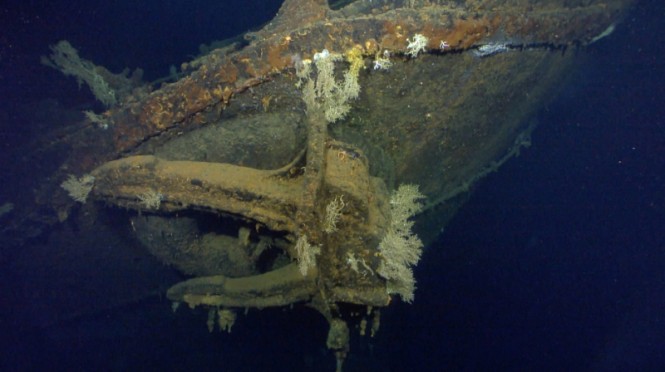
The Musashi carried two 15-ton anchors. The starboard anchor remains in place. (PRNewsFoto/Paul G. Allen)
Mr. Allen and his research team are mindful of the responsibility related to the wreckage of the Musashi as a war grave and intend to work with the Japanese government to ensure the site is treated respectfully and in accordance with Japanese traditions.
Built by Lurssen to a design by Espen Oeino in 2003, the outstanding 126-metre superyacht Octopus is regularly used for exploration projects, scientific research initiatives and rescue missions. In 2012, Mr. Allen and the Octopus underwater teams participated in the exploration of the wreck of the HMS Hood, in conjunction with the British Navy.

